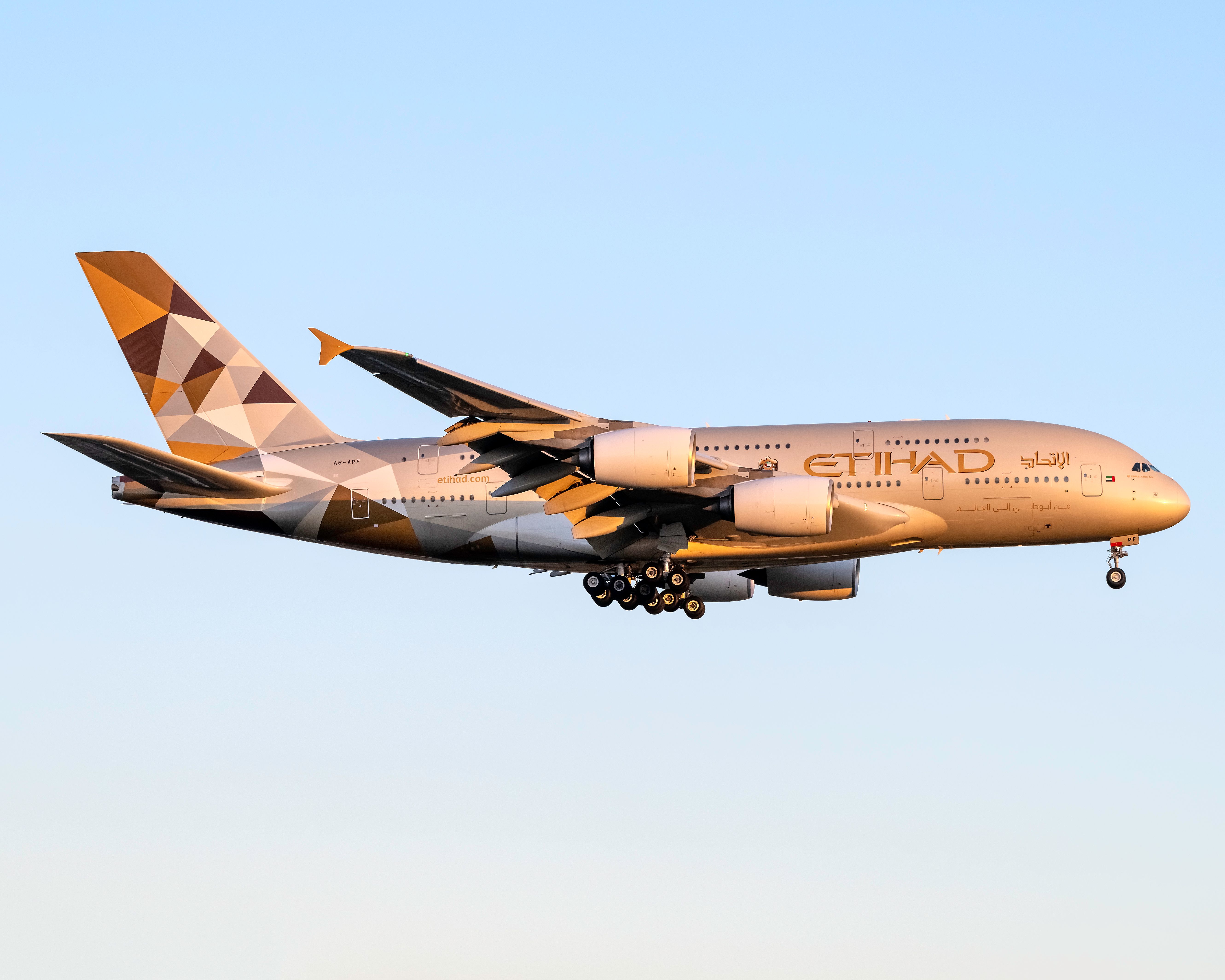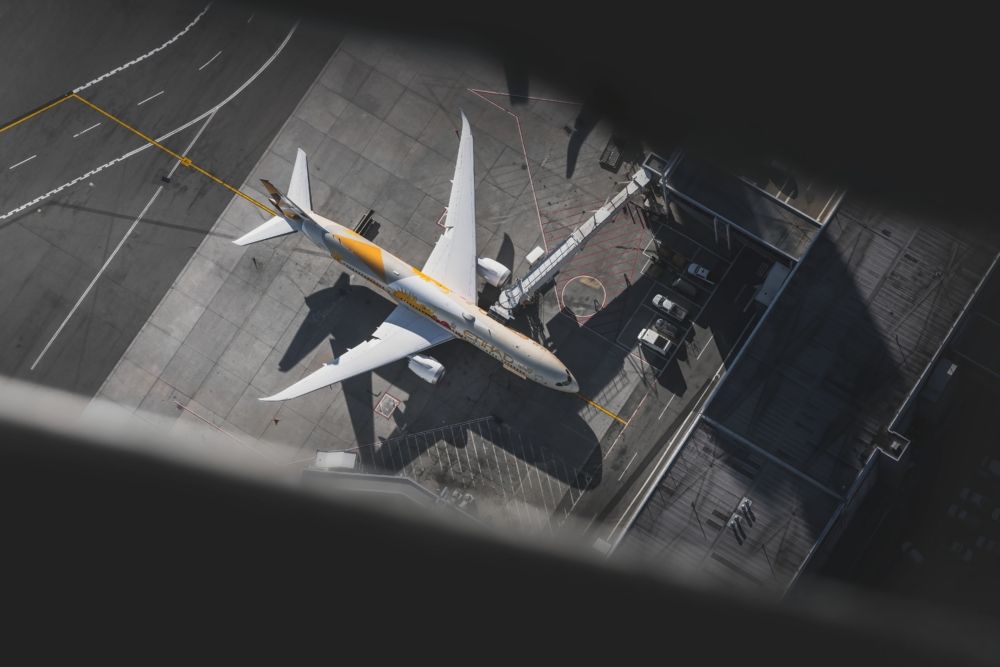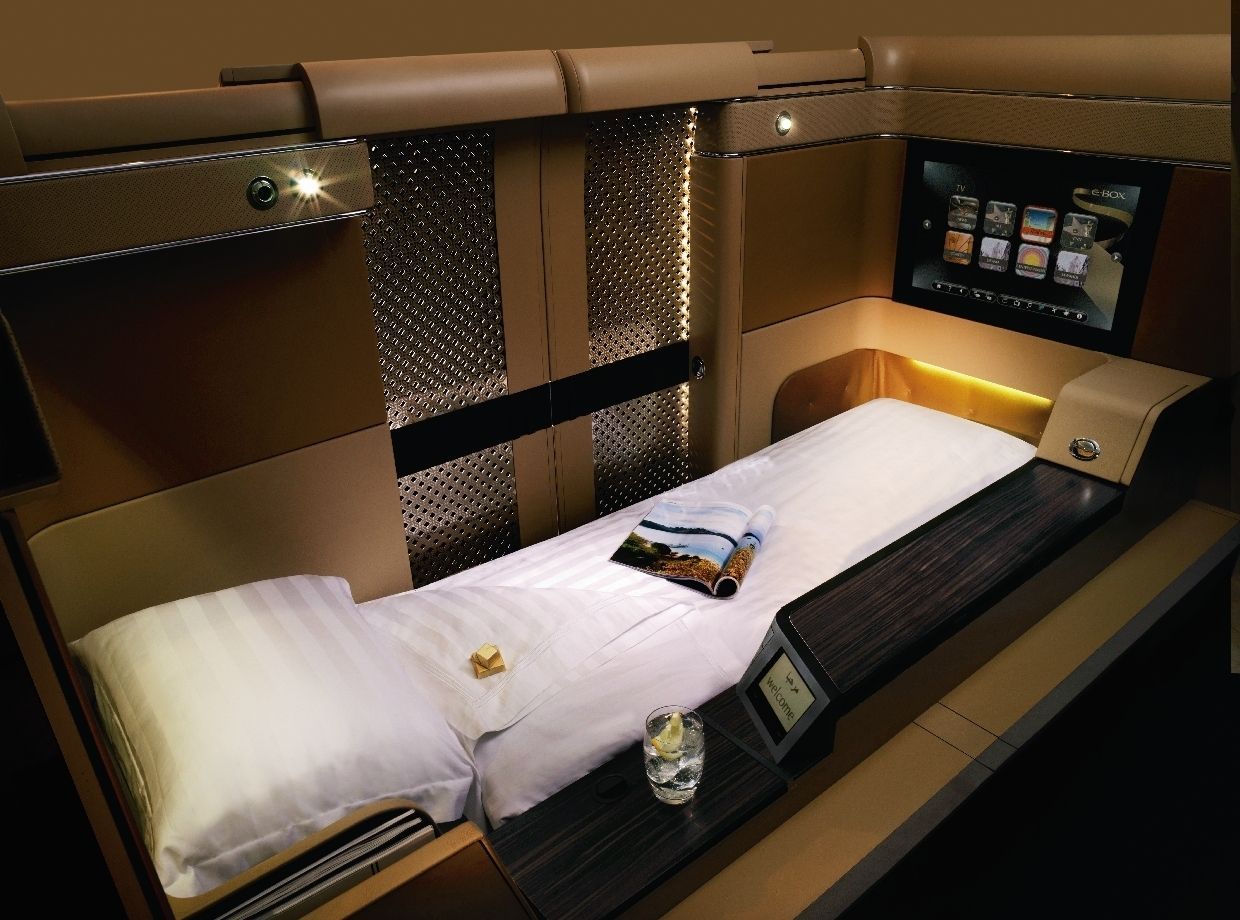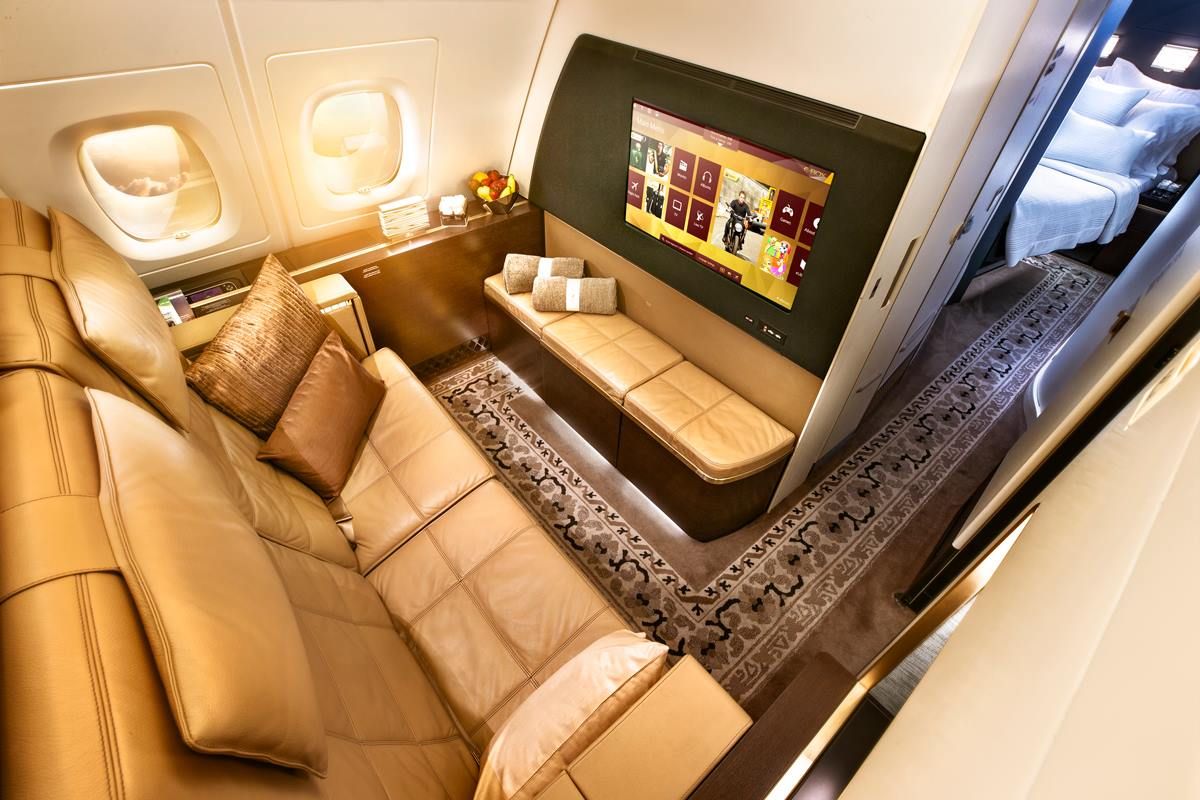Although many airlines have sought to bring back the A380 thanks to surging travel demand, Etihad’s remain parked. Between November 2020 and June 2021, all ten were flown to Europe for deep storage. Four are resting their wings in Tarbes, France, while six are in the Spanish storage site at Teruel.
The question has frequently been asked – will Etihad bring back the superjumbo – and every time, the answer is suitably vague so as not to commit the airline in either direction. Speaking last year to Simple Flying, CEO Tony Douglas said ‘never say never’ when asked the question.
This week, we asked the airline again. Given its strong performance in the first half of the year, and its reportedly almost full planes, could it be time to rethink its decision? Chief Financial Officer Adam Boukadida, speaking exclusively to Simple Flying, responded,
“The answer is who knows? I haven't said today that we're not going to, and I'm not going to say today that we’re going to.
“If it makes financial sense to do so, then for sure we'd look at it, but at the moment we're not planning to do so. What we are doing, and we continue to do, is to review the business case on a very frequent basis.”
What does the business case for the A380 look like?
Many of the reasons for inducting the A380 in the first place still exist today. Heathrow, for example, is still oversubscribed and slot controlled, as is Charles de Gaulle and many other key airports for Etihad. Being able to swoop in with a supersized aircraft and scoop up the maximum number of passengers on the limited slots it has access to would still be of benefit to the airline.
In terms of demand, things are moving in a very healthy direction. At the half-year point, Etihad’s load factors were above 75%, and cabins were even fuller during the peak summer period. Adam commented,
“That number has been exceeded for July and definitely for August; it's a little bit too early for me to talk about, but no surprise if we’re going to be late 80s 90% load factor for the month of August.”
So planes are flying almost full, in all cabins, and the busy end-of-year tourist season is yet to arrive in Abu Dhabi. Reigniting its relationship with the A380 could be a smart move, even if on a limited basis, as signals suggest that the airline could work to fill those 497 seats. But of course, it’s not just filling the planes that has to be a consideration for Etihad, as Adam explained,
“The variables that we have to manage, and the risk are … the amount of passengers, the price or yield on the ticket, but also the third one - the cost. Fuel, with a four engine heavy, much larger aircraft, is a lot more costly than it is to a much more efficient 787 or A350. That's a core part of our fleet strategy.”
Etihad has worked hard to implement its transformation plan over the past four and a half years. It is very wary of upsetting the finely balanced books, and does not want to jeopardize its pathway to sustained profitability. So while some of the indications are that there could be a business case for bringing back the A380, with fuel prices the way they are right now and Etihad on track to produce its first profitable full year in a long time, it’s unlikely the airline will want to risk upsetting that, at least in the short term.
Etihad’s unique Airbus A380
There’s no doubt that the Airbus A380 is a crowd pleaser, and particularly the Etihad A380. With just 10 of the giant aircraft in its fleet, the airline deployed them on flagship routes to slot-controlled airports, including London Heathrow, Sydney, Paris and New York.
Passengers often complement the A380 for its quiet, smooth flight, so every class would enjoy that particular attribute. On the main (lower) deck, the experience was nothing to write home about – 415 standard seats with 31 inches of pitch and a width of 17.5 inches; all pretty standard, although naturally with the benefit of the excellent Etihad service.
On the upper deck is where things start to get really interesting. The business seats were good, with 70 lie flat, semi-enclosed positions, but not a million miles away from its competitors' offerings. First class was a real step up – nine closed suites, known as ‘Apartments,’ with an 80-inch bed and acres of privacy. Passengers could also make use of one of the two showers onboard the plane.
But the real cherry on top was The Residence – a three-room apartment for the airline’s most discerning (and most deep-pocketed) guests. The Residence came with an ensuite shower room, a private bedroom, a separate living area, and even a butler! It retailed at around $23,000 one way, so it was not something many fliers ever got to experience, but it was a very unique offering that no other A380 operator can match.
Boukadida enthused of the A380’s unique attributes, commenting,
“It is, from a customer perspective, one of the best services, one of the best products that we've got out there. I'm biased, but I think ours is near the top, if not probably at the complete top, of the league table if you look at the product.”
Whether the A380 will ever return to the Etihad fleet remains to be seen, but the message is clear – it’s not written off yet. Should the airline bring back a few of its stored planes, the crowds, as they say, would go wild. For now, the focus is on efficiency, keeping its books in the black and, hopefully, not going through any more upheavals such as 2020 brought to the industry.
Would you like to see Eithad’s superjumbos back in the sky? Let us know in the comments!




.jpg)
